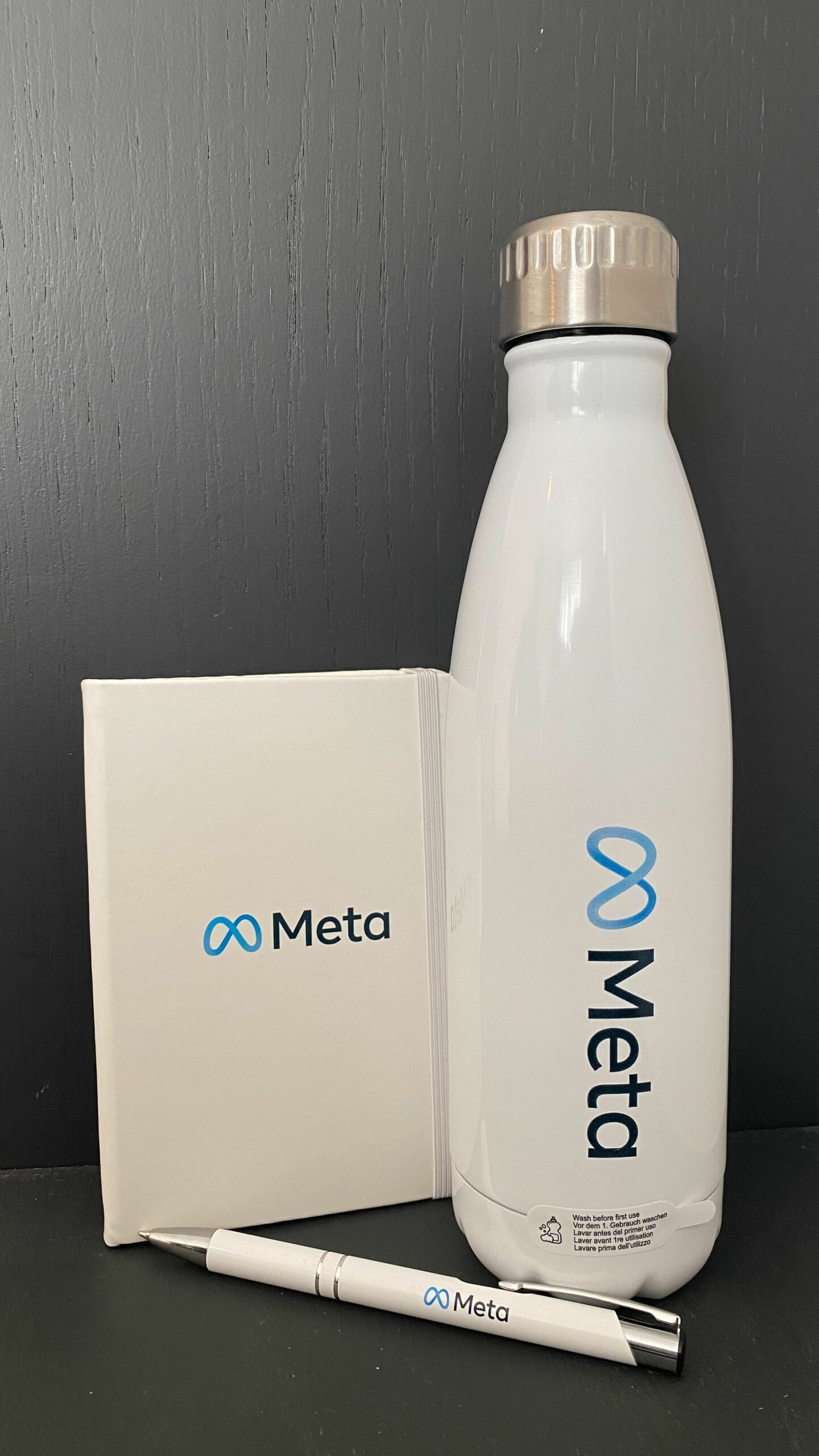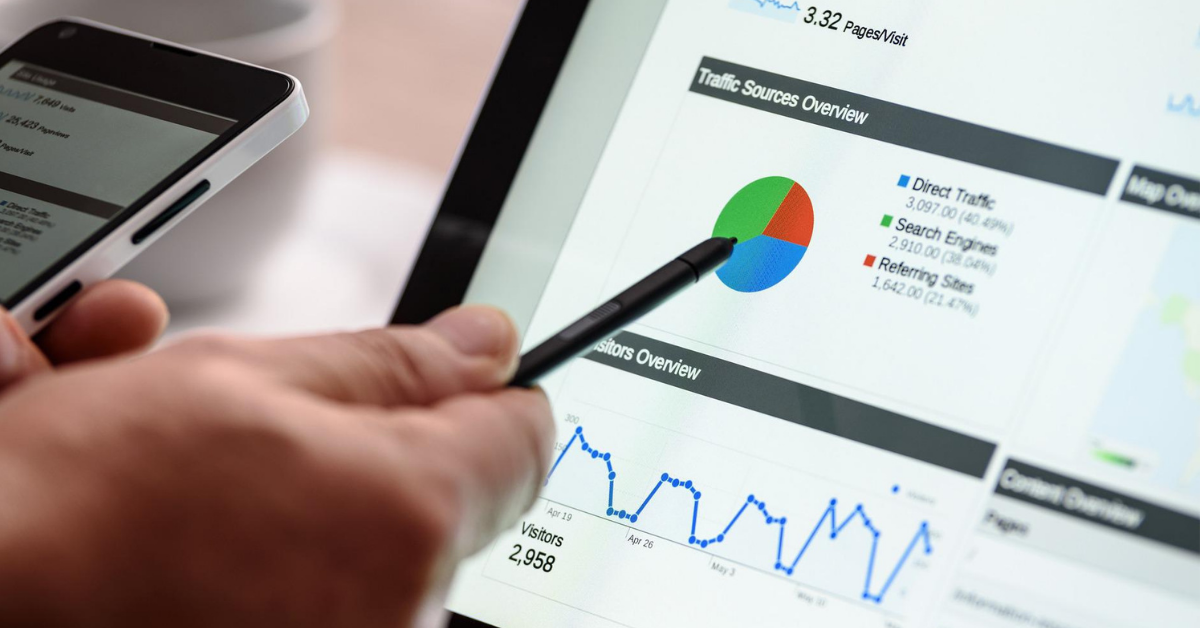Tag: Ads
Meta Peak Season Summit Conference – Our Key Takeaways
Last month I had the amazing opportunity to visit the Dublin Meta office for their peak season summit. It was a great day for learning and networking with agencies and brands who are all gearing up for Q4. As there was a lot of learnings and insights given on the day I’ve chosen to share 4 Key points that stood out to me that will enhance your campaign strategy.
- GWI Consumer Behaviour
People are starting to search for Christmas related products earlier and earlier each year. We’ve noticed the same shift in behaviour with client competitors and the search terms relating to advent calendars and Christmas gifting as early as August! While you might think August is too early, this is the perfect time to start filling up your database with emails through Lead Generation campaigns. Create a buzz about your products and even offer early bird discounts to build engagement and increase eventual conversion rates.
- Audiences
According to their GWI research, global consumers are still spending more, especially Gen Z who are planning on purchasing non-essential products this year. It was also stated that there’s a 15% increase in those more likely to make impulse purchases. So what does this mean for us marketers? We should ensure Gen Z is included in our target audience and keep them in mind when making social content.
While you might have your target audiences planned out, Meta has advised brands to look into audience automation which creates a broader pool to target. Audience automation includes detailed targeting, lookalikes and custom audiences generated through their AI.
Through their AI tech, the platform to drive greater performance by uncovering new audiences that you might not have considered. Don’t get too attached to the current settings you might have, try something new this month ahead of peak sales for some much needed testing.
- Campaign Structure
If you’re on the platform a lot you will know about their newest product, Advantage Plus Shopping campaign otherwise known as ASC. It’s an AI based campaign structure that combines prospecting and existing audiences into one ad set. It aims to drive better results than the traditional campaign set up you might know. They’ve seen a 17% improvement on cost per conversion and a 32% increase on ad spend cost. Furthermore, according to Meta it’s best to use at least 30% of your media budget on this campaign type.
- Creative Diversification
Creative is very important when it comes to ad targeting and diversifying the format, messaging and content type is crucial to getting audiences to engage in a meaningful way.The key is to create content digestible and entertaining while also engaging the community through content they’d expect to see on your organic channels.
In the campaign, ensure advantage placements are on so that you can have the best chance of showing up where your customers are.
Choosing The Right Paid Media Platforms For Your Business
So you want to start running ads on media platforms, that’s great! There are plenty of platforms you can choose from. From Meta (Facebook) to Google Ads, it can be hard choosing which one best fits your business goals. Here are a few things to consider when making your digital marketing plan.
- What are your business goals?
Finding the right platform that matches your business goals and budget is one of the key elements to meeting KPI’s. You’ll want to advertise on platforms that offer you the right promotional features, be it objectives towards purchases, traffic to your website or brand awareness. Some platforms are better at delivering your goals than others depending on your target audience and creative choices. There is of course, the choice of expanding and using multiple platforms as you test and refine your methods.
- What is your budget?
Meta is known for its cost per clicks going as low as 1p and click through rates in the region of 1% (depending on industry). Whereas if we look at Linkedin’s audiences, these numbers could sit around £5 per link click and 0.55% CTR. You’ll just need to be aware of which platform your audience is more likely to engage with and the targeting options available. Use the forecast tools on each platform as you plan out your audiences to see what you’re likely to achieve.
Say you have a budget of £1,000 and your target cpc is £0.70, you’re likely to receive 1,428 link clicks on your ads on Meta. This of course comes down to the audience you’ve selected and the relevancy of your ads/creative.
- Who is your target audience
Almost everyone is online and is using some sort of social media platform and a lot of people use google to search for products and services. Are you planning on searching for people with particular interests that relate to your product or service? Then Meta could be the best place for you to go. Or are you looking to directly target other businesses with your product or service? Then LinkedIn or even Google Ads could be the place for you.
You’ll also want to think about which platform enhances customer lifetime value and provides opportunities to retarget existing customers. To help with increasing customer lifetime value or customer retention some platforms allow you to upload existing customers and allow you to build lookalike audiences. This can come through testing and evaluating your strategy as time goes on.
- Consider the type of content you create
There’s loads of content formats you might be producing but you want to put your best foot forward when advertising. As different platforms host such diverse audiences, you’ll need to cater your content to suit them. If you’re making reels and videos or even using UGC then maybe TikTok, Meta and Instagram is the best place for you to be. Think about your target audience and what story they’re more likely to engage with.
- Where are your competitors?
You should be aware of what platforms your competitors are using to promote their products or services. It’s more than likely that you’ll need to compete against them for bids on your desired target audience. Consider their ad strategy and refine yours to reach your audience in a cost effective way. Meta and Google have great systems in place to view what content competitors’ are putting out there or to view who you’re bidding against for certain search terms.


